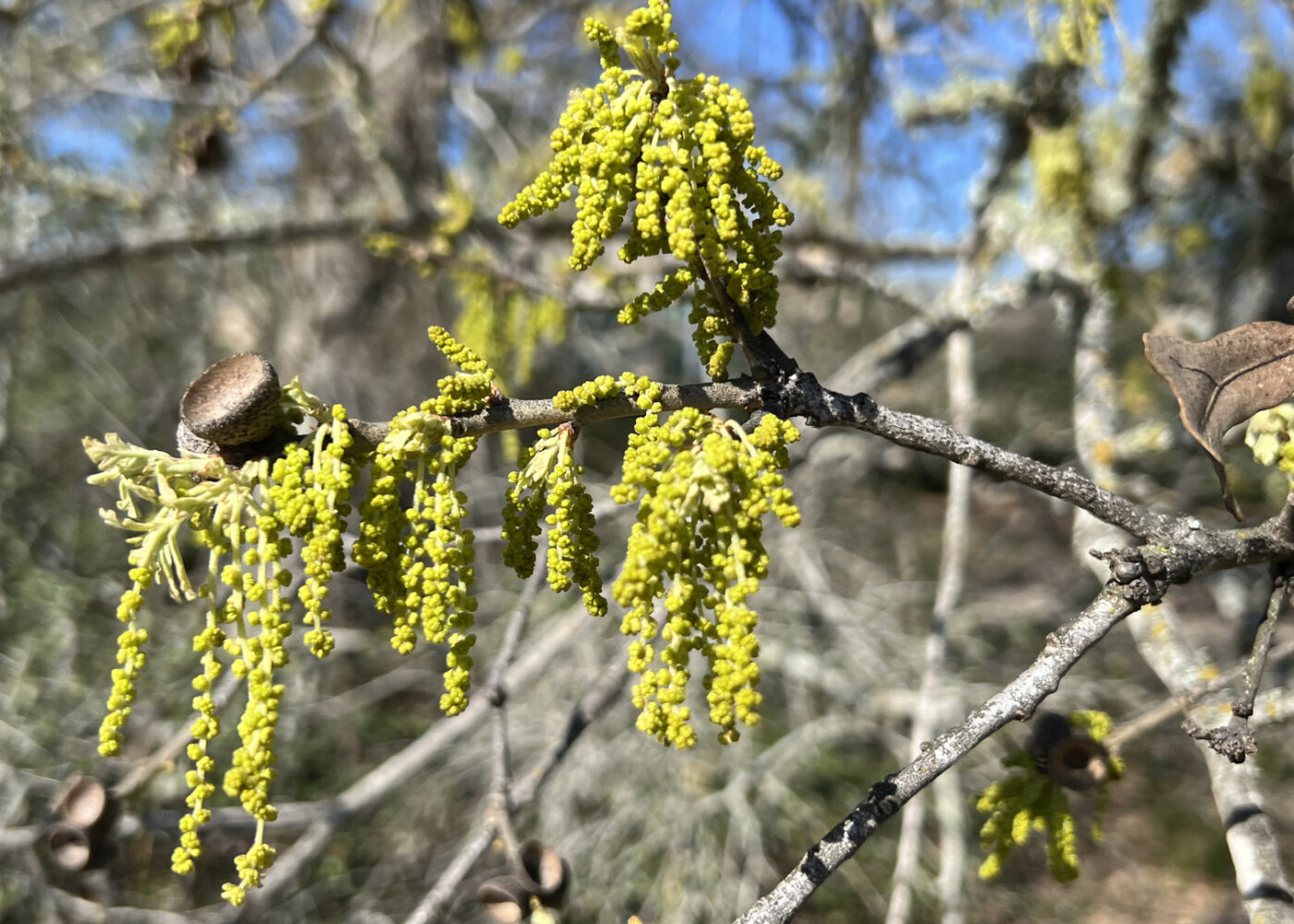Trees provide many economic, social, and environmental benefits that lead to improved well-being and a better quality of life.
While it may be intuitive that living near trees and associated greenspace encourages general feelings of well-being, numerous studies substantiate the connection between healthy trees and healthy lives.
The value of traditional goods and recreational opportunities, such as timber and hunting, from Texas forests has long been recognized to be of economic importance to society. But other ecosystem services that are essential to human survival and well-being, such as climate regulation, biological diversity, and watershed regulation, are much harder to quantify and value.
That’s why we created an assessment of urban and community forests.
Ecosystem services
Biological diversity regulation: the capacity of forests to promote essential biological diversity that drives most other services, as well as provides a sustainable habitat for wild plants and animals, soil formation/conservation, and pollination.
Climate regulation: the effect trees have on regional and local climates by absorbing greenhouse gases such as carbon dioxide and storing them long-term in forest biomass, and by avoiding emissions through reduced energy needs.
Cultural: the non-material benefits people obtain from ecosystems through spiritual enrichment, cognitive development, reflection, and aesthetic experience.
Economic: the financial benefit associated with strategically located trees, including increasing property values and reducing energy costs.
Human health: the ability of trees to positively impact human physical health, mental well-being, and healing through exposure.
Watershed regulation: the ability of forests to intercept, store, and utilize precipitation, resulting in a reduction in stormwater runoff.
